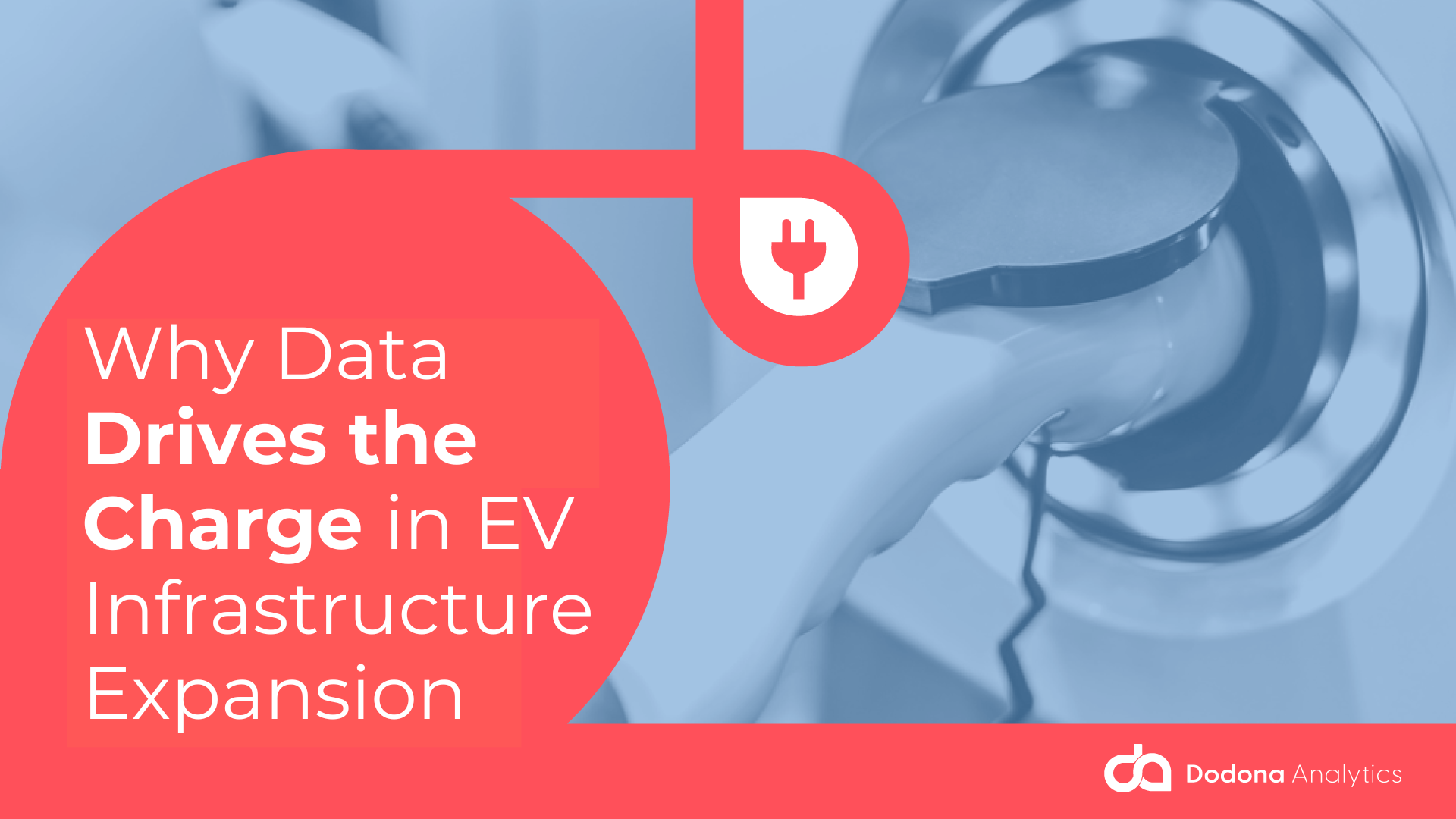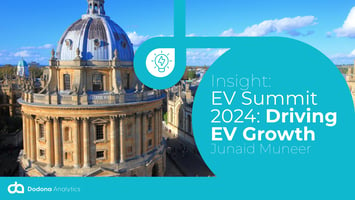The Electric Vehicle (EV) revolution is roaring, but in all markets, many Charge Point Operators...

In this article, our own EV Evangalist Junaid Munir shares how data has become critical to the success of Charge Point Operators in the rollout of our much-needed EV infrastructure.
The expanding EV charging infrastructure plays an important role in the green transition. Charge Point Operators (CPOs) find themselves at the forefront of this transformation, tasked with the strategic placement and efficient management of charge points to meet the existing demand and support the increasing adoption. In the face of this challenge, a data-driven approach empowers CPOs to make informed decisions, optimizing their networks.
Intuition’s Costly Missteps:
Traditionally, charger placement relied on intuition or basic factors like traffic. This approach is riddled with blind spots, leading to a domino effect of negative consequences:
- Low Utilization Rates: Suboptimal placement of charging stations can result in low utilization rates. A US report by the National Renewable Energy Laboratory (NREL) found utilization rates as low as 10% in some cases due to poorly chosen locations. This translates to lost revenue for CPOs, who have to shoulder the cost of installation, maintenance, and potentially even electricity for underused stations.
- Frustrated Users and “Range Anxiety” Amplified: EV drivers needing to charge end up on unexpected detours, wasting time and increasing range anxiety. Chargers located far from main roads or in areas with limited parking time force EV drivers to leave before they can get their much-needed top-up, which inevitably leads to dissatisfaction. This not only creates user frustration but also reinforces the fear that hinders EV adoption.
- Unequal Access and Missed Opportunities: Intuition can perpetuate existing disparities in infrastructure. Chargers might be concentrated in affluent neighborhoods, neglecting underserved communities that may be open to EVs but lack convenient charging options. Simply looking at socioeconomic factors is often not enough as there are other factors to consider e.g. no off-street parking in wealthier areas or higher than expected EV penetration in less well-off areas with Ride-Hailing or Return to Home Light Duty Vehicles. This hinders progress towards equitable access to clean transportation.
- Wasted Resources and Inefficient Network Growth: Poorly placed chargers not only fail to serve their purpose, but they also strain the existing grid. Adding more chargers to compensate for bad placement creates an inefficient network with unnecessary redundancy.
Data: The Illuminating Path
EV charging optimization solutions like ours empower an evidence-based approach to EV charging infrastructure expansion. We leverage advanced analytics and geospatial data to pinpoint optimal locations, considering a nuanced set of factors:
- Traffic Patterns: Analyzing traffic data helps us identify areas frequented by potential EV users. Imagine pinpointing high-traffic routes or parking areas near shopping centers and offices – prime spots for convenient charging.
- Socioeconomic Demographics: Understanding income levels, education, and population age within an area allows us to identify locations ripe for EV adoption. Traditionally early adopters have been individuals with higher income and education levels. By focusing on such areas, we ensure chargers are placed where they’ll be used most.
- Existing Infrastructure: Proximity to existing power grids is crucial. Our data analysis helps us identify locations that minimize installation complexity and costs.
- Future Trends: Incorporating data on projected EV sales and expected charging behavior ensures the network remains relevant and scalable. Our data-driven approach ensures the infrastructure is ready to accommodate this surge.
Beyond Placement: Optimizing the User Experience
Data-driven insights extend beyond simply placing chargers. They can be used to:
- Optimize Charger Type and Capacity: Analyze usage patterns to determine if a location needs fast-charging stations or standard options.
- Plan for safety and accessibility: Place chargers in areas where they are safe to use and accessible to all.
- Identify Underserved Areas: Focus on placing chargers in areas with limited access to existing infrastructure, promoting equitable access to charging and addressing a key social concern.
The Data-Driven Advantage:
The benefits of this evidence-based approach are compelling:
- Increased ROI: Maximize the return on investment in charging stations by placing them in locations with guaranteed high usage potential.
- Enhanced User Experience: Reduce range anxiety by ensuring convenient access to reliable charging stations, fostering user satisfaction and encouraging EV adoption.
- Improved Network Efficiency: Optimize the distribution of chargers to meet current and future demand, eliminating unnecessary redundancy.
- Sustainable Growth: Plan for future trends and infrastructure needs, ensuring scalability whether you are installing 10s or 1000s of chargepoints.
Building a robust EV charging infrastructure requires a data-driven approach. Location intelligence empowers strategic decision-making, ensuring chargers are placed where they are most needed, used most frequently, and contribute most effectively to a cleaner, more sustainable transportation future. As McKinsey suggests, an evidence-based approach is essential for not only consumer adoption but also for creating a profitable EV ecosystem. Let’s harness the power of data to help CPOs optimize their investments, ensuring that charging stations are strategically placed and utilized to maximize returns.
Junaid is an EV Evangelist, helping the eMobility industry make better, evidence-based decisions with Data Science and AI to accelerate the successful transition to a lower carbon future.
You can follow Junaid Munir on LinkedIn



